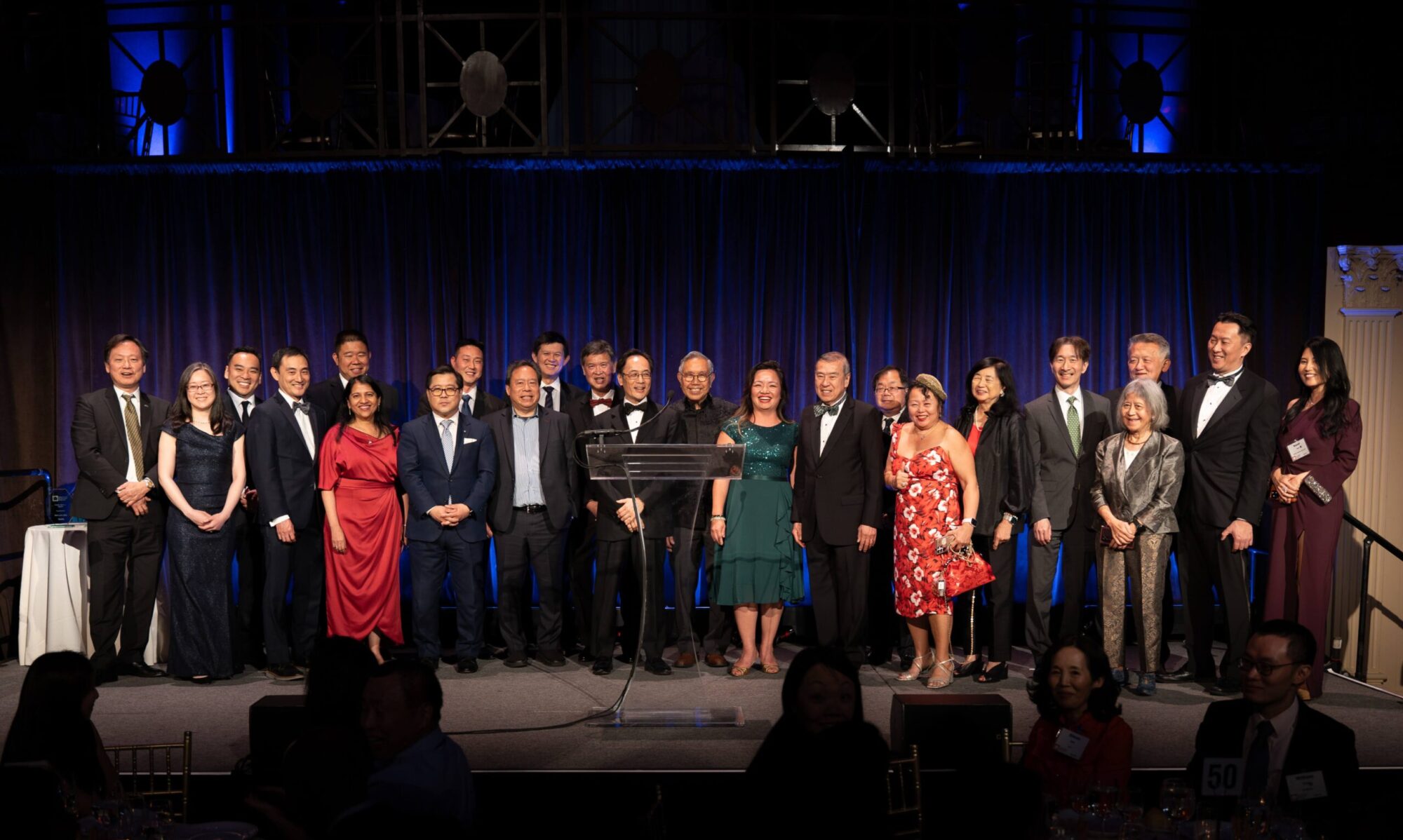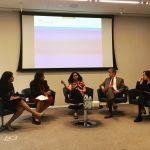Diversity is a core value of Bryan Cave LLP and an engrained part of our culture. Bryan Cave LLP has partnered with NLF to offer the Bryan Cave / NLF Community Service Scholarship, which will provide a $2,500 scholarship award for one law student who is a summer law intern that works on issues on behalf of, or that benefits, the Asian Pacific American community.
To be eligible, an applicant must be enrolled as a full time or part time student in an Association of American Law School (AALS)-accredited law school and must have secured a summer law internship. The internship must be: (a) with a public service, civic, or non-profit organization or a corporation that is not a law firm; (b) arranged by the student; and © last for at least eight weeks.
Applications are due on May 31, 2016 and can be found here.



















